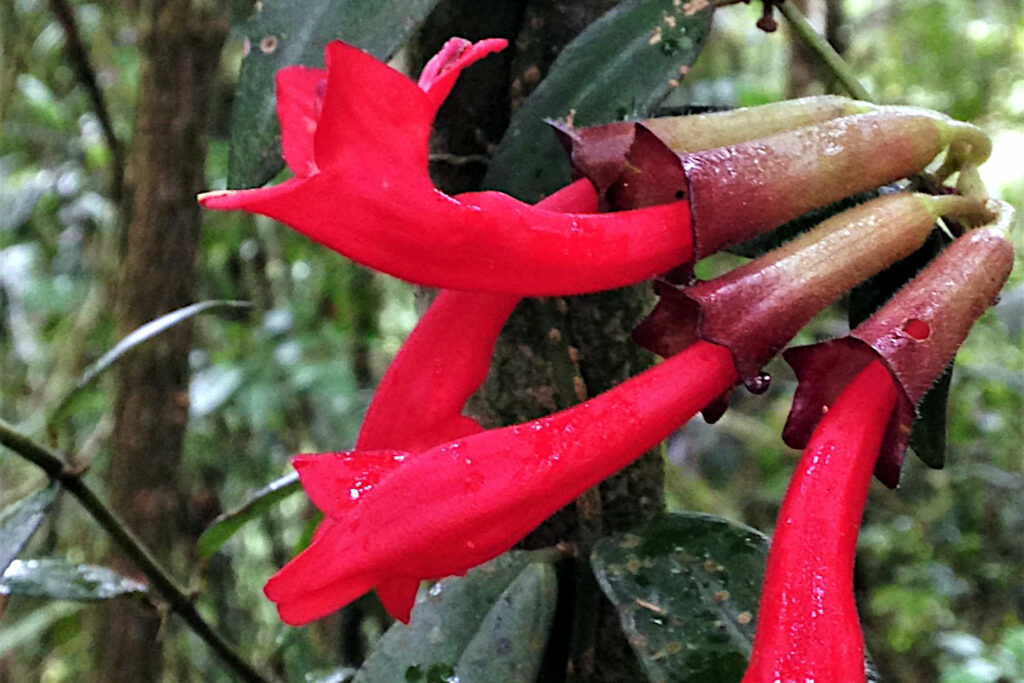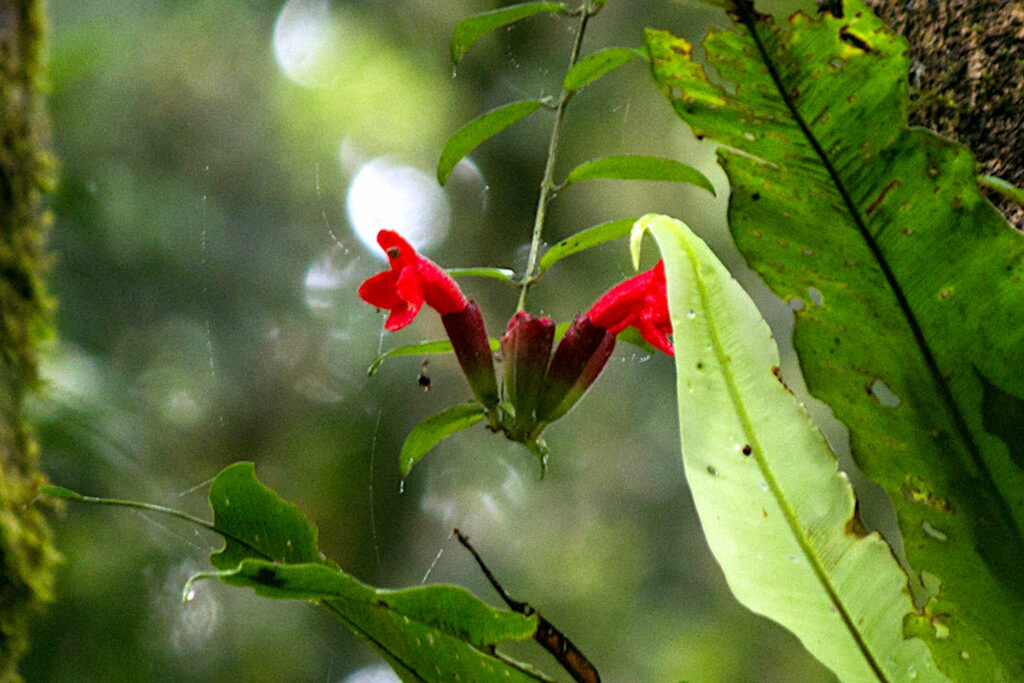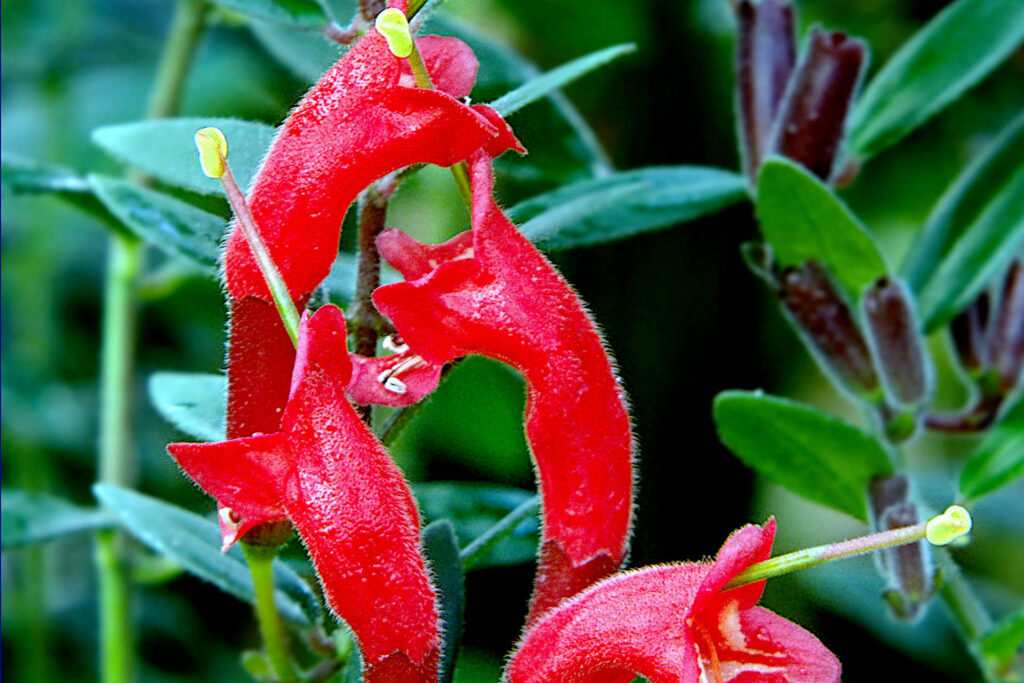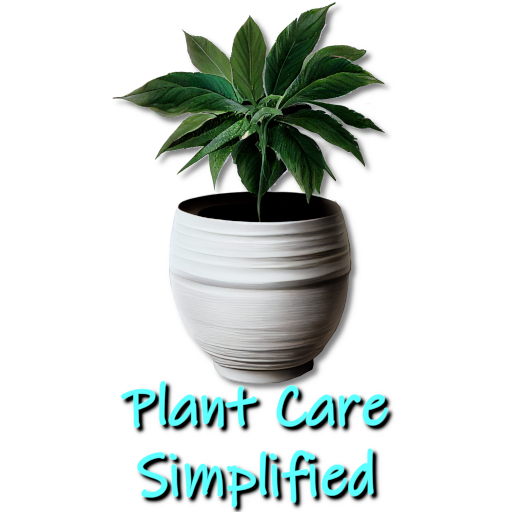Aeschynanthus Radicans (Lipstick Plant)
Jess is a true horticulturist whose passion for plants has led her to become an expert in tropical houseplants. Jess was born and raised in...
The Aeschynanthus Radicans plant, also known as the Lipstick Plant, is one of the most striking tropical plants that you can bring into your home. Below, we provide a comprehensive and detailed ontology and description of the plant. The Lipstick Plant is a tropical epiphytic plant native to Southeast Asia, and it is well-known for its vibrant red tubular flowers and glossy green leaves.
This ontology is divided into several sections that cover the plant's anatomy, ecology, uses, threats, and conservation measures. Each section provides rich and detailed information about the plant, with useful subheadings and keyword-rich titles. The objective of the ontology is to provide a valuable resource for anyone interested in learning more about this beautiful plant and its unique characteristics.
Summary Table of Lipstick Plant's Ontology
| Category | Classification |
|---|---|
| Kingdom | Plantae |
| Phylum | Tracheophyta |
| Class | Magnoliopsida |
| Order | Lamiales |
| Family | Gesneriaceae |
| Genus | Aeschynanthus |
| Species | Aeschynanthus radicans |
| Description | Evergreen, epiphytic vine with red flowers |
| Anatomy | Fibrous root system, green cylindrical stem, glossy dark green elliptical leaves, tubular bright red flowers, small green capsules containing tiny seeds |
| Ecology | Native to Southeast Asia, pollinated by insects, provides habitat and food for animals |
| Uses | Ornamental, traditional medicine, food flavoring |
| Threats | Habitat loss, invasive species, over-harvesting, climate change, pollution |
| Conservation | Protected areas, cultivation, education and awareness, research |
Classification:

- Kingdom: Plantae
- Phylum: Tracheophyta
- Class: Magnoliopsida
- Order: Lamiales
- Family: Gesneriaceae
- Genus: Aeschynanthus
- Species: Aeschynanthus radicans
Description:
Aeschynanthus radicans, commonly known as the lipstick plant or coral vine, is a species of flowering plant in the family Gesneriaceae. It is native to Southeast Asia, specifically Thailand, Malaysia, and Indonesia. The plant is an evergreen, epiphytic vine that can grow up to 1 meter in length.
There are many varieties of Aeschynanthus, such as the common curly lipstick plant to the rarer black pagoda, all differing in appearance. In general, though, the leaves are glossy, dark green, and leathery, with a slightly serrated edge. The flowers are tubular, about 3 cm long, and bright red, resembling a tube of lipstick, which gives the plant its common name. The flowers grow in clusters at the end of the stem, and bloom from spring to autumn.
Anatomy:
The Lipstick Plant is a small to medium-sized plant that can grow up to 60 cm in height. Its stem is slender and creeping, with aerial roots that attach to its host tree or other surfaces for support. The leaves of the Lipstick Plant are oppositely arranged, and they are simple, entire, and have a leathery texture.
The leaves grow up to 15 cm long and 5 cm wide, with prominent midrib and lateral veins. The plant's flowers are borne on a terminal inflorescence, and they emerge from a reddish-purple calyx. The flowers are tubular, with a length of approximately 5 cm and a diameter of 1 cm. They are bright red with a yellow tip and have a waxy texture, which helps to retain moisture.
- Root System: Aeschynanthus radicans has a fibrous root system that allows it to attach to trees or other surfaces in its natural habitat.
- Stem: The stem of Aeschynanthus radicans is a thin, flexible vine that can grow up to 1 meter in length. It is green, cylindrical, and slightly woody.
- Leaves: The leaves of Aeschynanthus radicans are glossy, dark green, and leathery. They are elliptical in shape, about 5-10 cm long and 2-5 cm wide, with a slightly serrated edge.
- Flowers: The flowers of Aeschynanthus radicans are tubular, about 3 cm long, and bright red. They grow in clusters at the end of the stem, and bloom from spring to autumn.
- Fruits: The fruits of Aeschynanthus radicans are small, green capsules that contain numerous tiny seeds.
- The lifespan of the Aeschynanthus Radican is between 5-8 years, with it normally reaching its full height after about 2-5 years.
Ecology:

The Lipstick Plant is a tropical epiphyte that grows in the understory of the rainforest. It prefers a humid environment and can tolerate shade. The plant's roots are primarily used to anchor itself to its host tree or other surfaces and absorb moisture and nutrients from the surrounding environment.
The Lipstick Plant is pollinated by hummingbirds, which are attracted to the bright red flowers. The plant also attracts other insects such as bees and butterflies, which help to pollinate the flowers.
- Habitat: Aeschynanthus radicans is native to Southeast Asia, specifically Thailand, Malaysia, and Indonesia. It is an epiphytic vine, which means it grows on trees or other surfaces, but does not harm them.
- Distribution: Aeschynanthus radicans is commonly cultivated as an ornamental plant worldwide.
- Pollinators: The flowers of Aeschynanthus radicans are pollinated by insects, such as bees and butterflies.
- Interactions: Aeschynanthus radicans provide habitat and food for a variety of animals, such as birds, insects, and small mammals.
Uses:
The Lipstick Plant is primarily grown as an ornamental plant for its stunning red flowers and attractive foliage. There are many benefits to having a Lipstick plant. It is often used as a hanging plant, and its trailing stems and flowers make it an excellent addition to any indoor garden or patio.
The plant is relatively easy to care for, and it can tolerate low-light conditions. The Lipstick Plant is also believed to have some medicinal properties, and it is used in traditional medicine to treat various ailments such as headaches and fever.
- Ornamental: Aeschynanthus radicans is commonly cultivated as an ornamental plant due to its attractive foliage and bright red flowers.
- Traditional Medicine: Aeschynanthus radicans has been used in traditional medicine to treat various ailments, such as fever, cough, and sore throat.
- Food: The leaves of Aeschynanthus radicans are sometimes used as a flavoring in Southeast Asian cuisine.
Threats:
The Lipstick Plant faces several threats in the wild, primarily due to habitat loss and over-collection for the horticultural trade. Deforestation and habitat fragmentation are major threats to the plant's survival as they limit its ability to disperse and colonize new areas.
The Lipstick Plant is also vulnerable to the collection for the horticultural trade, especially variegated Aeschynanthus varieties, which can lead to overexploitation and a decline in wild populations.
- Habitat Loss: The natural habitat of Aeschynanthus radicans is threatened by deforestation and habitat fragmentation.
- Invasive Species: Aeschynanthus radicans has become invasive in some areas where it has been introduced outside of its natural range, such as Hawaii and Florida.
- Over-harvesting: Aeschynanthus radicans is sometimes over-harvested from the wild for its ornamental or medicinal value, which can lead to population decline or even local extinction.
- Climate Change: Climate change can affect the distribution and survival of Aeschynanthus radicans by altering the temperature, rainfall, and other environmental factors in its habitat.
- Pollution: Aeschynanthus radicans may be affected by pollution from industrial or agricultural activities, such as chemical contamination of the soil or air pollution.
Conservation:

Several measures are being taken to conserve the Lipstick Plant and its natural habitat. One such measure is the establishment of protected areas and reserves, which helps to conserve the plant and its ecosystem.
In addition, efforts are being made to promote sustainable harvesting practices for the horticultural trade, which can help to reduce the pressure on wild populations. Education and awareness campaigns are also being conducted to raise awareness about the importance of conservation and the need to protect the plant's natural habitat.
- Protected Areas: Aeschynanthus radicans occurs in some protected areas, such as national parks or nature reserves, which can provide habitat and protection from threats such as habitat loss or over-harvesting.
- Cultivation: Aeschynanthus radicans can be cultivated in gardens or greenhouses for ornamental purposes, which can reduce the pressure on wild populations.
- Education and Awareness: Raising awareness about the importance of Aeschynanthus radicans and its threats can encourage conservation efforts and promote sustainable use practices.
- Research: Research on the ecology, distribution, and genetics of Aeschynanthus radicans can help inform conservation strategies and management plans.
Further Reading
- Ethnobotany of the Mountain Regions of Southeast Asia, Jack Gesneriaceae: Aeschynanthus radicans
- The Botanic Garden of Smith College: Lipstick Plant
Videos
Jess is a true horticulturist whose passion for plants has led her to become an expert in tropical houseplants. Jess was born and raised in South East Asia surrounded by lush jungles and lush botanical gardens. This environment prompted her to develop a love for all things green and growing. A move to the UK helped her plant care skills and improved her knowledge Her commitment to her craft and her dedication to her customers has earned her a reputation as one of the best in the business. She continues to inspire others with her love for nature and the environment.Bio Page
More Posts